#aukstaitija
Photo
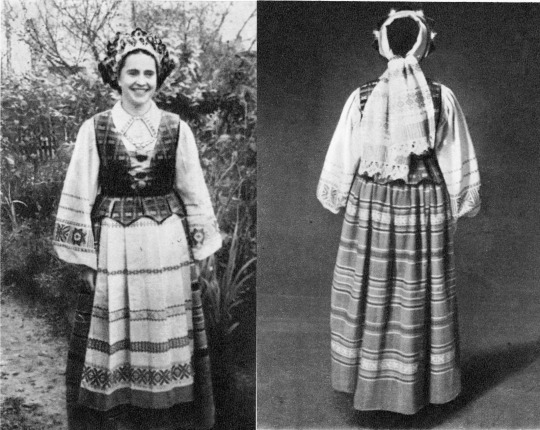
Traditional Lithuanian women’s clothing. Aukštaitija (Upper lands) region. Vilnius, 1955.
M.Glemžaitė. Lietuvių tautiniai drabužiai. Vilnius, 1955. Aukštaitės-vilnietės moters tautiniai drabužiai (iš priekio ir iš nugaros)
#tradition#clothing#lithuania#lithuanian#lietuva#history#aukstaitija#vilnius#woman#women#black and white#monochrome#traditional
81 notes
·
View notes
Photo



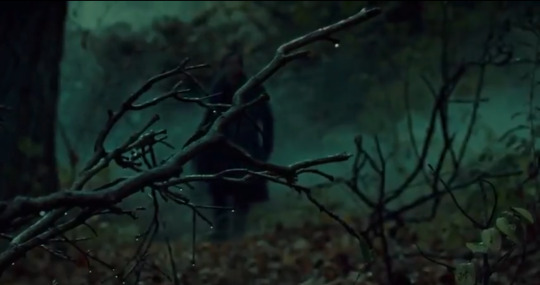

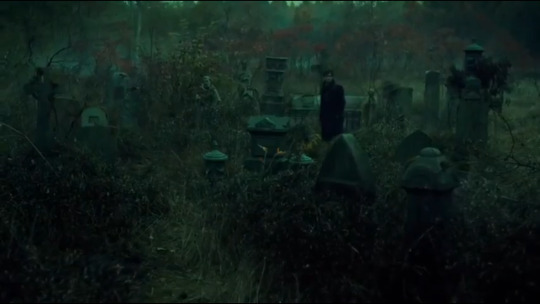
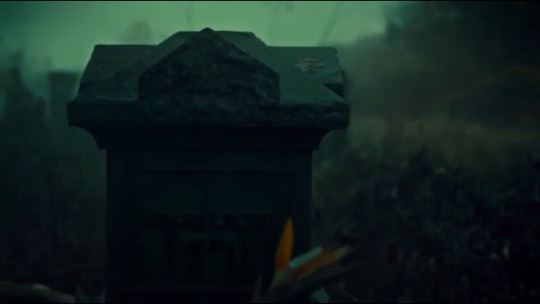


The Lecter family estate, Aukštaitija, Lithuania / Hannibal S3E3 [Secondo]
23 notes
·
View notes
Text
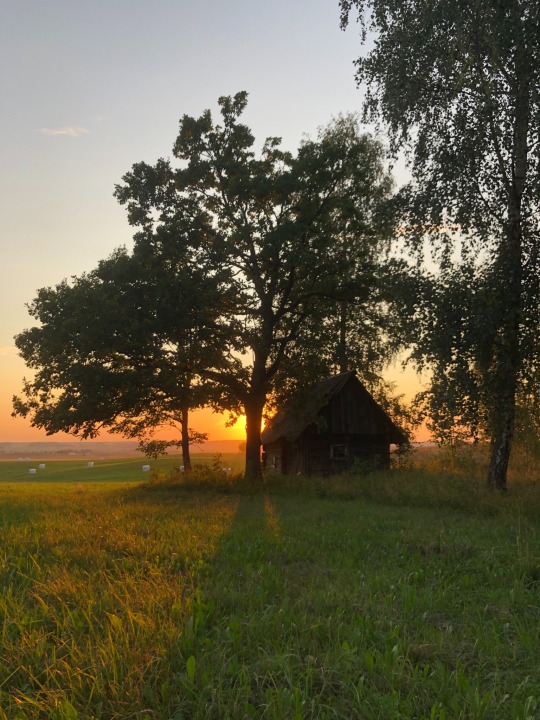
#baltic#baltija#aukštaitija#aukstaitija#utena#naturecore#cottagecore#goblincore#sunset#countryside#nature#farmcore#lithuania#lietuva
10 notes
·
View notes
Photo
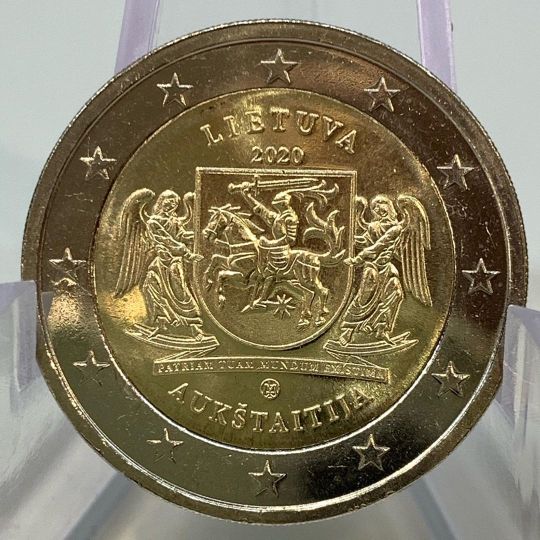
Lithuania 2020: 2 € Aukstaitija is here 😎👍🏻💪🏻 • • • • #lituania #aukstaitija #2euro #2eurocommemorative #eurocoins #collectorcoins #numismatic (presso Numismatica Castaldi) https://www.instagram.com/p/CF5BUbAHAvT/?igshid=105qo18os5ayp
0 notes
Photo
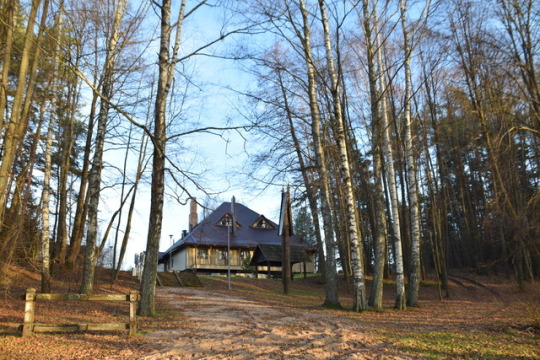


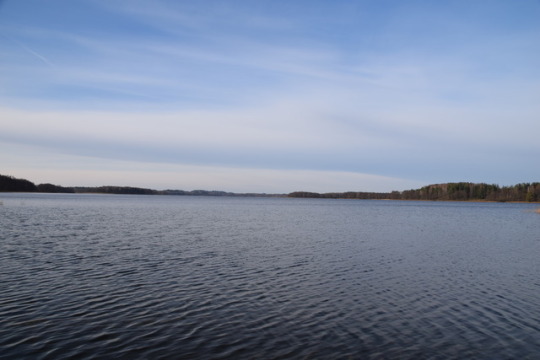
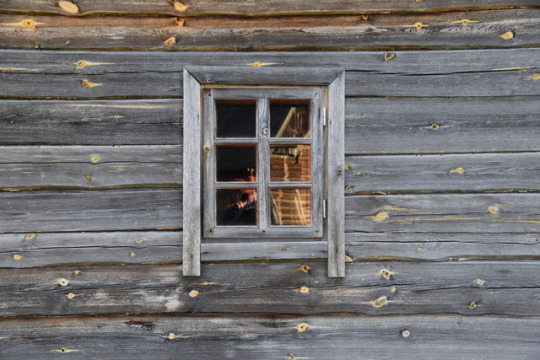
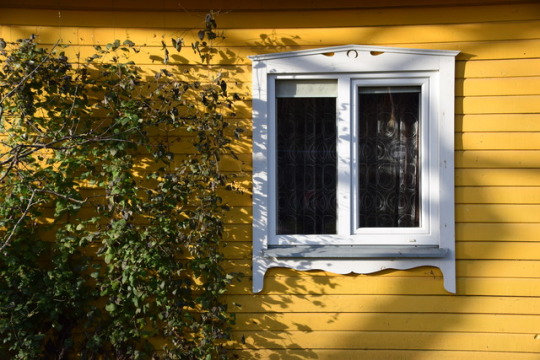
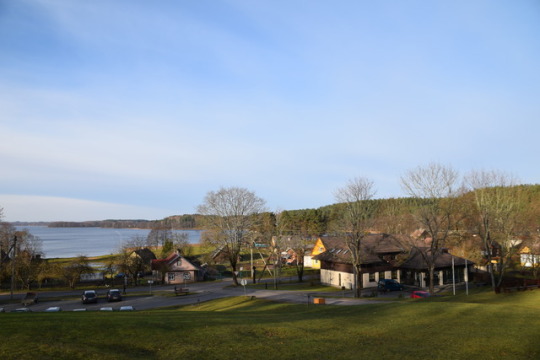
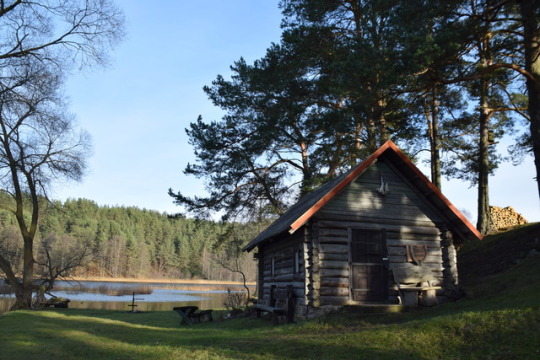
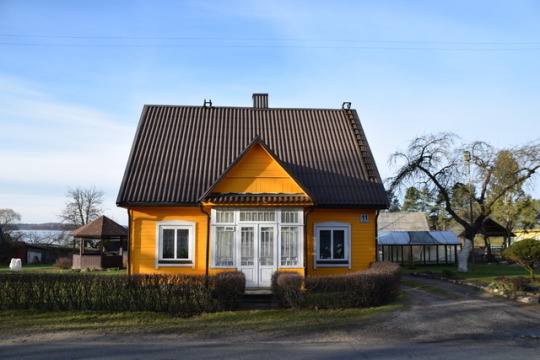
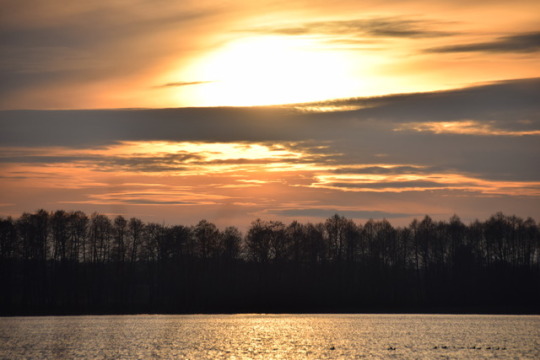
2 notes
·
View notes
Photo
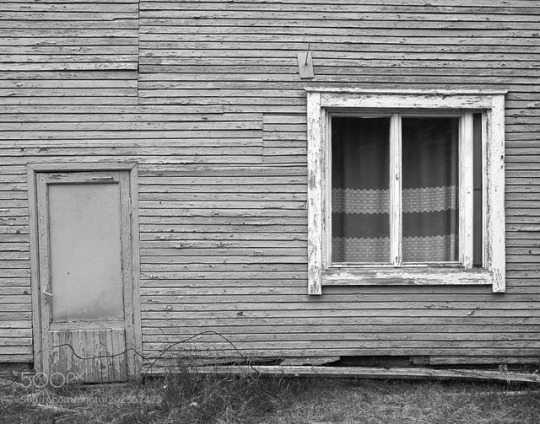
Window by KaunasKiwi
1 note
·
View note
Photo
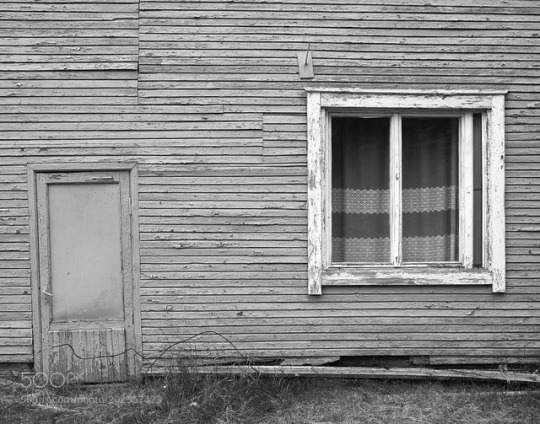
Window by KaunasKiwi
0 notes
Photo
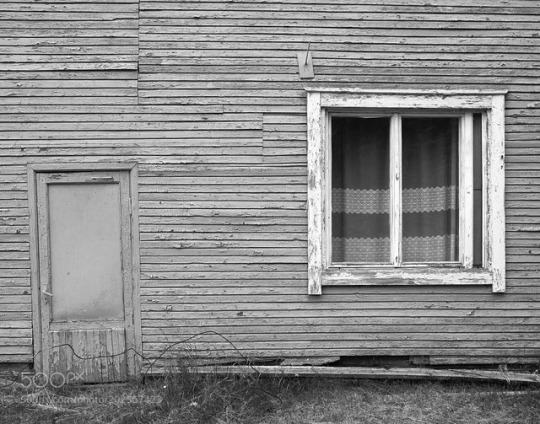
Window by KaunasKiwi
0 notes
Link
Volunteer unpaid hard labor under harsh conditions in an exotic unknown land
4 notes
·
View notes
Photo

2 евро 2020 Литва Аукштайтия (2 Euro 2020 Lithuania Aukstaitija) https://fcoin.ru/product/2-evro-2020-litva-aukshtaytiya/ В центре изображен герб с рыцарем в доспехах, держащим меч в правой руке. Герб держат два ангела, символически возвышая и защищая Аукштайтию -дин из важнейших регионов Литвы и колыбель ее государственности. Ниже латинская надпись ""PATRIAM TUAM MUNDUM EXISTIMA"" (считайте, что ваша родина - это весь мир). Сверху обозначение страны эмитента ""LIETUVA"" (Литва) и год эмиссии ""2020"", внизу регион ""AUKŠTAITIJA"" и знак Литовского монетного двора. На внешнем кольце 12 звёзд Европейского союза. #fCoin #coin #coins #euro #eurocoin #2euro #2euro2020 #internumis #numizmatika #numismatica #coins_only #coinsworld #coinsmania #moneta #coincollector #commemorative #commemorativecoin #нумизматика #нумизмат #монета #монеты #монетымира #монетыстранмира #коллекционирование #коллекционер #коллекциямонет #иностранныемонеты #евромонеты #биметалл #монетыбиметалл https://www.instagram.com/p/CFkE48Pnhmn/?igshid=38p43h49kiev
#fcoin#coin#coins#euro#eurocoin#2euro#2euro2020#internumis#numizmatika#numismatica#coins_only#coinsworld#coinsmania#moneta#coincollector#commemorative#commemorativecoin#нумизматика#нумизмат#монета#монеты#монетымира#монетыстранмира#коллекционирование#коллекционер#коллекциямонет#иностранныемонеты#евромонеты#биметалл#монетыбиметалл
0 notes
Text
Vintage M14 Rifles Still Chugging Along Overseas
Lithuania received some 40,000 M14s in the 1990s and is upgrading some for use as DMRs (Photo: Lithuanian Armed Forces)
A NATO ally is busy upgrading their classic M14 battle rifles to keep them in service for future generations.
The Lithuanian military recently announced they have taken possession of 400 modified M14s for use by the country’s Army and National Defense Volunteer Forces, the latter roughly equal to the U.S. Army National Guard. The improved guns are built to what the Baltic country describes as the M14 L1 standard for use as a designated marksman rifle.
(Photo: Lithuanian Armed Forces)
This includes Czech-made Meoptia ZD 1-4x22mm RD optics and M1A mounts provided by Sadlak Manufacturing in the U.S.
According to local media, the initiative has been in the works since 2016 and the first batch of reworked rifles will go to arm one marksman per squad in the Aukstaitija light infantry brigade, a new reserve unit formed in 2017. A further 500 rifles will go to the NDVF.
The guns will be used by designated marksmen at the squad-level in selected reserve units. (Photo: Lithuanian Armed Forces)
The country received upwards of 40,000 surplus M14s in 1999 from the U.S. as military aid and has since utilized the Vietnam-era 7.62x51mm NATO-caliber rifle for both ceremonial purposes and as a DMR, with President Dalia Grybauskaitė even showcased firing one at the range in 2009.
Introduced in 1959 to replace the WWII-era M1 Garand, M1 Carbine, M1918 Browning Automatic Rifle and M3 Grease Gun, the M14 was designed by Springfield Armory and narrowly beat out the FN FAL to become the standard U.S. infantry weapon. Its reign was short-lived, however, and the M14 was in turn soon put to pasture in the late 1960s as the lighter 5.56mm M16 gained favor during the Vietnam conflict. While thousands have been given away as aid, such as to Lithuania, and thousands more melted down over the years, the Pentagon still utilizes the country’s final wooden-stocked rifle for training, as a line-thrower in the Navy, in ceremonial use, and in a limited DMR role.
The only regular U.S. Army unit to still use the M14 every day is the Old Guard of the 3rd U.S. Infantry Regiment, whose Sentinels at the Tomb of the Unknowns still carry the gun with reverence, 24 hours a day, 365 days a year.
youtube
However, the last U.S. service member to know their way around an M14 is still far into the future. This week at the U.S. Military Academy at West Point, the Class of 2023 just wrapped up their Cadet Basic Training prior to the start of their freshman year– carrying immaculate M14s.
#USMA2023 officially joined the Corps of Cadets during the Acceptance Day parade. The 1,187 members of the class…
Posted by West Point – The U.S. Military Academy on Saturday, August 17, 2019
The post Vintage M14 Rifles Still Chugging Along Overseas appeared first on Guns.com.
from Guns.com https://ift.tt/2KHtz86
from Blogger https://ift.tt/2Zemt2X
0 notes
Text
When looking for new places to visit in a country, national parks are always a safe choice. That at least was my reasoning behind choosing to visit Aukstaitija National Park in Lithuania. Having had good experiences with other nature destinations in the Baltics, including Lithuania’s Curonian Spit, I was keen to see more. So even though I didn’t know what it was like to hike Aukštaitija National Park, I set aside a couple days after revisiting Vilnius to find out.
Just an easy bus ride from Lithuania’s capital. visiting Aukštaitija National Park seemed like a fun experiment. Having already experienced most of the well-known destinations in Lithuania, I wanted to dig a little deeper. What I found was a huge national park brimming with idyllic scenery and cultural curiosities. Aukstaitija feels like the kind of place that only Lithuanians will visit and is unfortunately lost on international travellers. But if you’re at all curious, here’s what you can expect.
Aukštaitija National Park
To understand why hiking Aukštaitija National Park is such a great experience, let’s look a little at what makes the national park so special. Lithuania is home to just five national parks, but Aukstaitija was the country’s first national park estabished in 1974. Considering the park’s incredible natural landscapes and deep cultural heritage, it’s easy to understand why. While the park is vastly covered in forest, it is actually Aukstaitija’s 126 lakes that really define it. While fairly flat, there are some hills in the national park that really let you appreciate this huge expanse of wilderness in northeastern Lithuania.
The cultural heritage of Aukstaitija is not to be understated either. Across the national park you’ll come across places that highlight different parts of Lithuanian culture. There are six different ethnographic villages, one of which is a cultural reserve. Then there are traditional wooden sculptures, churches, mills and several museums. One of the park’s most popular spots is the Traditional Apiculture Museum on beekeeping, but sadly that is on the far side of the park from where I explored.
Despite all that is has going for it, Aukstaitija National Park isn’t too popular with international tourists just yet. People likely choose to visit Trakai Castle or Kaunas instead from Vilnius as they’re more well-known. That tends to line up with the fact that there isn’t much English information available online. I went without much information, not knowing where to go or how to get around. Also, since I was getting about on foot and public transport, there were limits to how much of the national park I could see. So below is just some of what you can experience while visiting Aukštaitija National Park.
Ignalina Lakes
Before we get to my trip through Aukštaitija National Park, it’s worth paying some attention to the town of Ignalina. Sitting right on the edge of the park, Ignalina is often people’s main base for exploring Aukštaitija. While you could just use Ignalina as somewhere to sleep and eat, that would mean missing its idyllic rural setting.
North, west and south of town you’ll find some exceptionally beautiful lakes that look straight out of a watercolour painting. Lakes to the north like Palaukinis are simply stunning, with little piers and boats along their shores. Visiting these picturesque lakes before even entering Aukštaitija National Park, meant that I was even more excited to see what the national park had to offer.
The Town of Paluse
To really start your trip to Aukštaitija National Park, you first need to get to the town of Palūšė. Just a couple kilometres down the road from Ignalina, Paluse is where you’ll find the Aukštaitija National Park Visitor Centre. Here you can get all the information you need to plan out your day. There are maps with the park’s lakes and trails clearly shown, as well as bus timetables and information pamphlets.
But Palūšė is more than just home to an information centre. The town is perched down on Lake Lusiai, one of the national park’s largest lakes. Wandering down to the lakefront you’ll find some fantastic views across the lake, as well as a little public beach. As for sights in the town itself, the most important landmark in Paluse is St. Joseph’s Church. Built entirely from wood with just an axe, the church and its interesting bell-tower date back to 1750.
Hiking Aukstaitija National Park
With Paluse the starting point of the hike, let’s actually get to the hiking part of this hiking article. There are many different options for hiking through the national park, but this is what I did. Starting in Paluse, my trail lead me past Meironys around Asalnai Lake and up to Ginucai. All up that walk amounted to between 8 or 9 km, with a few kilometres extra at either end. So while it was a fair bit of walking, it’s certainly not too much for a single days hiking. Walking back would have been hard but not entirely impossible.
Setting out from Paluse, you first skirt around its public beach and head onto a trail through the undergrowth. Walking right by the waterfront you’re constantly getting to admire Asalnai Lake and spot boats here and there on it. Not long after starting on this trail you’re treated to a little outdoor gallery of sorts. Staged along the trail is a collection of traditional wooden sculptures that highlight different local legends from the region. To me they kind of looked like totem poles, but apparently they’re more meant as warnings than anything necessarily spiritual.
Also neat were a set of tree carvings that I spotted further into the forest. Carved into the bark of the trees were shapes that almost looked like feathers. I never found information on them, so they remain a nice little mystery to me.
Anyway, back to the hike. Following the trail north of Asalnai Lake you soon reach the village of Meironys and actual made roads. It’s a nice change of pace switching from forest to more of a country village and something this hike does well. Between Paluse and Ginuciai you change environments over and over, so the scenery never gets boring. That being said, Meironys is the last village until the end and where the good roads end. I did see one couple cycling around that day and they definitely slowed down a bit once the gravel road began.
Other than forests and country villages, the other terrain you encounter is fairly open grassland fields. That being said, this kind of farmland is mostly just before you arrive in Meironys and also Ginuciai. While maybe not as interesting as the lakes and forest, I did manage to stumble across a deer in the fields, one of my rare animal sightings. The one nice constant regardless of the terrain is that this walk is incredibly flat. There definitely are small hills in the national park, but this trail mostly avoids them. It’s gentle as can be, which makes the walk not only pleasant but quite accessible.
Ginučiai
Having finally reached the endpoint of my hike at Ginuciai, it was time to see what this village had to offer. Ginuciai isn’t all that large understandably, so don’t expect many sights to see. The main landmark in the village, besides the surrounding lakes, is the Ginuciai Watermill. One of six historic watermills in Aukstaitija National Park, the Ginuciai Watermill is almost 200 years old. Still boasting its original equipment, the mill was used not only for flour but for electricity too.
The other place in Ginuciai I’d recommend is the Ginuciai Castle Mound, a short walk from the village. Many castle mounds and ancient settlements are scattered through this large national park, but this one is recognised as one of the most important. While there isn’t a castle or fortifications there now, the Ginuciai Castle Mound was used during the 9th to 12th century and possibly later. Castle mounds like these were used to fight the invading Teutonic Order, who you’ll also hear a lot about in places like Cesis in Latvia.
Even though there aren’t any real remains at the castle mound, it’s still worth the visit. Standing at the foot of the mound, it’s obvious how well-defended the spot would have been given its height. Once you reach the top though, you’re treated to some phenomenal views of the lakes of Aukstaitija, with at least three easily in view up there. Thinking that I had a time crunch to make the only bus back to Ignalina, my time here was a bit rushed.
Visiting Aukstaitija National Park
For those looking to visit Aukstaitija themselves, here’s my advice on how to do it. As I said, you won’t find much information online in English, which can make planning challenging. My key recommendation is to head to the Visitor Information Centre in Paluse as soon as possible to try to get up-to-date information. But here’s some stuff to help get you started.
Whether you choose to stay at Aukstaitija one or several nights, my recommendation would be Hotel Zuvedra in Ignalina. It seems to be the most established accommodation in the area, plus it’s in such a nice spot. Rooms have views out over a lake and it’s truly scenic, plus the restaurant does good food as well.
Reaching Aukstaitija and Ignalina isn’t too difficult if you don’t have a car. There are regular buses and trains from Vilnius to Ignalina and I’d say there’s a 99% chance that you’ll come and go through Vilnius. The harder part is exploring Aukstaitija National Park by public transport. This is definitely a place where you want a car.
Local buses do run between the different villages in the park, like Ignalina to Meironys and Ignalina to Ginuciai. The problem is that some routes run as rarely as once a week or at most once a day. With that frequency, it was incredibly lucky for me to find a bus back to Ignalina. I couldn’t find bus times online, so here are some poor photos of the 2017 timetable to give you a rough idea.
Would you ever want to hike Aukstaitija National Park? Do you like to visit national parks when you visit a new country? Please share your thoughts in the comments below.
Disclaimer: This post contains affiliate links. If you click on one and make a purchase, I may make a small commission. Of course, this will be at no extra cost to you.
Now, if you’re looking for a guide to this part of Europe, then you should really look at this Lonely Planet guide. I’ve often travelled with Lonely Planet guides and they can really make life easier.
Why Not Pin It for Later
Why It’s Great to Hike Aukštaitija National Park, Lithuania When looking for new places to visit in a country, national parks are always a safe choice.
0 notes
Text
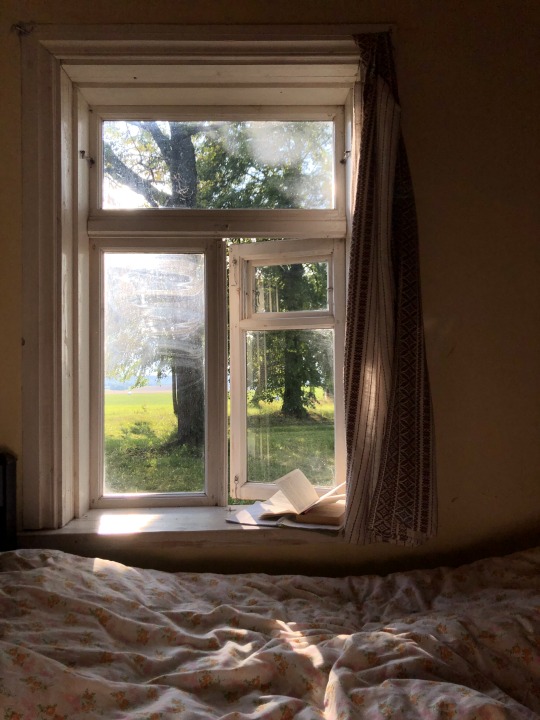
#cottagecore#naturecore#baltic#baltija#lithuania#lithuanian#quaint#summer#lietuva#aukstaitija#aukštaitija#goblincore
8 notes
·
View notes
Photo


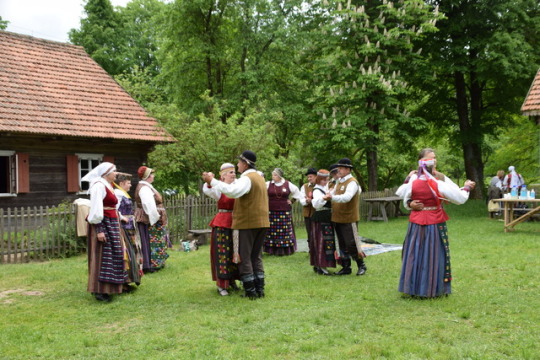
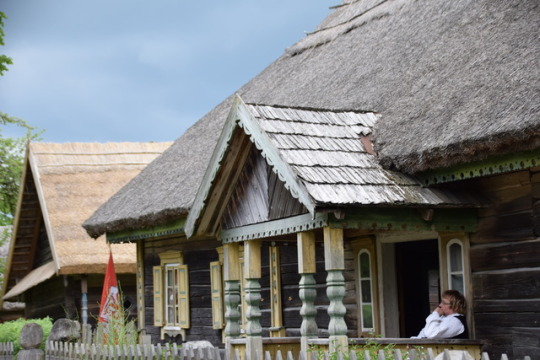

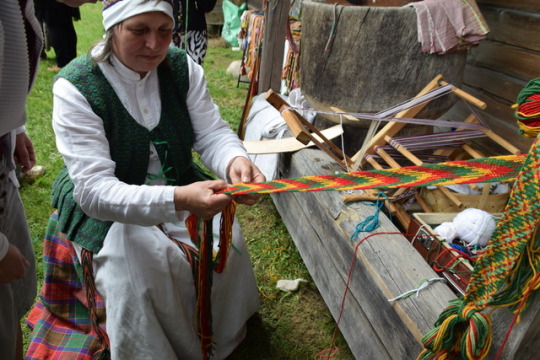
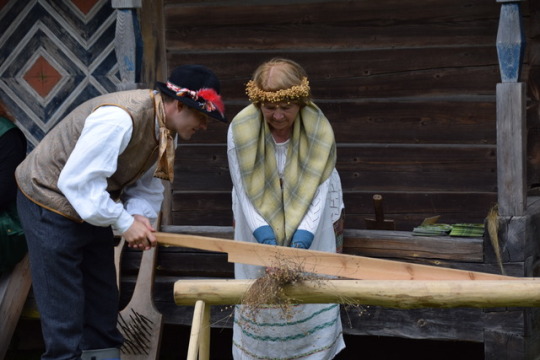

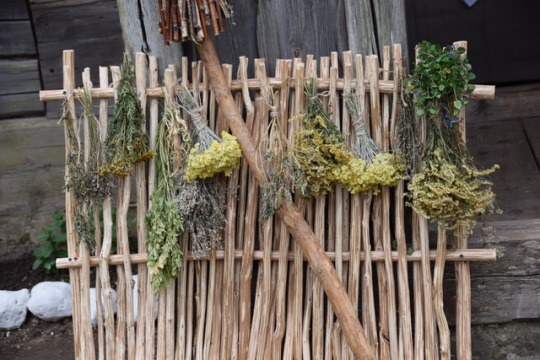

A Litván skanzenban a regionális parkok 25. évfordulóját ünnepeltük a többi EVS önkéntessel együtt
0 notes
Photo

Cloud-Floater by KaunasKiwi
5 notes
·
View notes
Photo
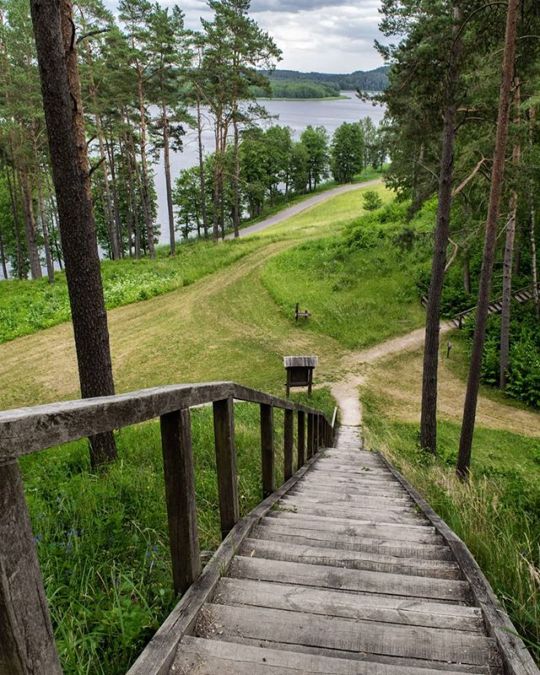
Stairs leading down off the Ginuciai Castle Mound, an important historical site, to the surrounding lakes of Aukstaitija National Park in Lithuania. For so much of my time in the park, I rarely saw another soul, even though it was summer. To learn more about destinations shown here on my feed, visit my website over in my profile. #livetravelchannel #loves_europe #super_europe #citybestpics #map_of_europe #cbviews #kings_villages #lithuania #lietuvai100 #aukstaitija #baltic #theglobewanderer #greatesttravels #bbctravel #wonderfulworld #travelandlife #lonelyplanet #travelstoke #igs_europe #globe_travel #beautifuldestinations #exploringtheglobe #europe_vacations #worldbestgram #traveldeeper #living_europe #topeuropephoto #globalcapture #lppathfinders https://ift.tt/2FHJnra
0 notes